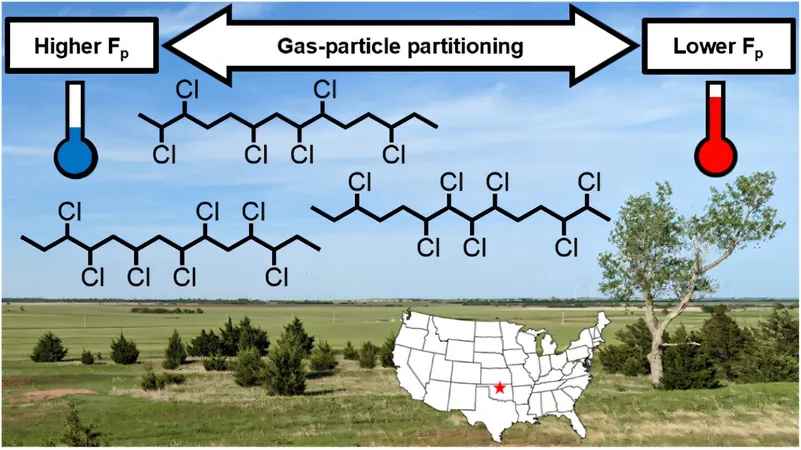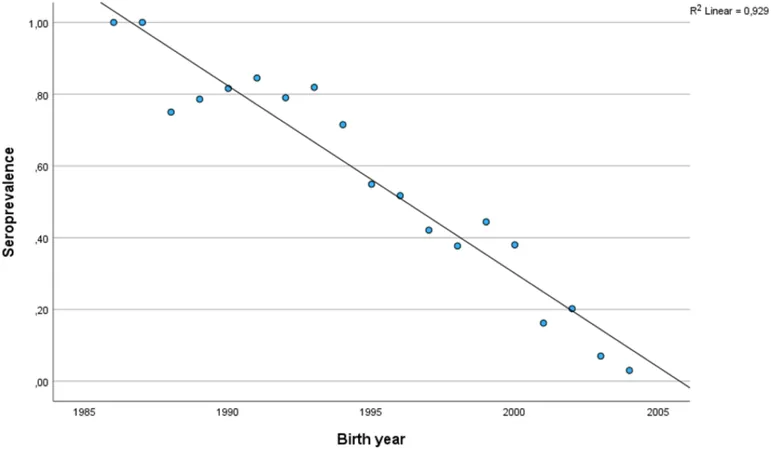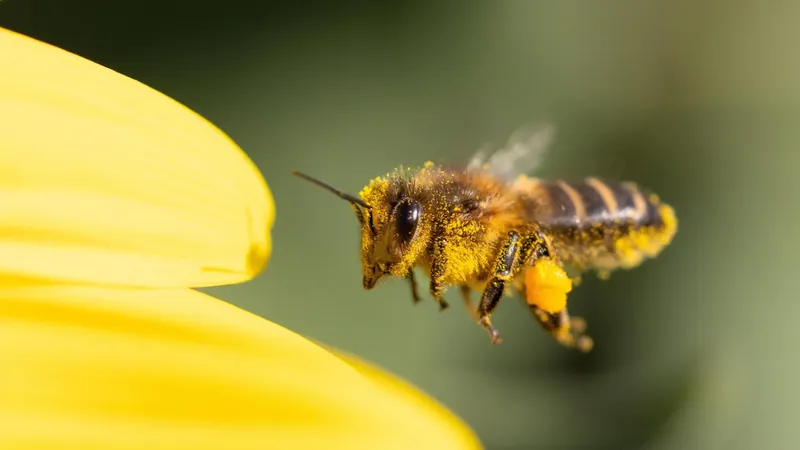
Unveiling Toxic Secrets: Airborne Contaminants Discovered in the Western Hemisphere for the First Time!
2025-06-06
Author: Jia
In an astonishing scientific twist that could change our understanding of environmental pollutants, researchers from the University of Colorado Boulder have made a groundbreaking discovery in Oklahoma's agricultural heartland.
Equipped with cutting-edge technology to investigate aerosol particle formation, these scientists stumbled upon a hidden menace: the first-ever airborne measurements of medium chain chlorinated paraffins (MCCPs) in the Western Hemisphere. This exciting discovery has been unveiled in a recent publication in ACS Environmental Au.
Lead author Daniel Katz, a chemistry Ph.D. student at CU Boulder, expressed his excitement, stating, "Finding something unexpected like this is fascinating. We are beginning to uncover more about this toxic organic pollutant which demands our attention."
MCCPs are currently under scrutiny for regulation by the Stockholm Convention, a vital global treaty aimed at protecting human health from enduring chemical dangers. While these toxic substances have been documented in regions like Antarctica and Asia, this marks the first time they've been identified in the atmosphere of the Americas.
Commonly used in metalworking fluids and in creating PVC and textiles, MCCPs often infiltrate wastewater systems. This leads to their presence in biosolid fertilizers—commonly known as sewage sludge—produced by treatment plants. Researchers suspect that the MCCPs detected in Oklahoma likely originated from nearby fields treated with such fertilizers.
Katz noted, "When sewage sludge is dispersed on fields, harmful compounds could potentially be released into the atmosphere. While we can't conclusively demonstrate this, it stands to reason that this is a viable path for these substances to enter the air."
MCCPs are closely related to short chain chlorinated paraffins (SCCPs), which have been regulated in the U.S. since 2009 due to their harmful effects on health. This raises concerns that regulating SCCPs might have inadvertently led to an increase in MCCPs in the environment.
"Regulation can sometimes have unexpected consequences; once one product is restricted, others may fill the gap," stated Ellie Browne, a co-author of the study and chemistry professor at CU Boulder.
To make this remarkable discovery, the research team utilized a sophisticated nitrate chemical ionization mass spectrometer, monitoring air quality 24/7 for an entire month. As Katz analyzed the data, he recognized unique isotopic patterns of unknown compounds that would later be confirmed as chlorinated paraffins associated with MCCPs.
The composition of MCCPs is alarmingly similar to notorious 'forever chemicals,' like PFAS, known for their persistence in the environment. The alarming presence of these pollutants has already led the Oklahoma Senate to ban biosolid fertilizers.
With this significant breakthrough, researchers plan to measure MCCPs throughout the seasons, aiming to gain a clearer picture of their environmental behavior. Katz emphasized, "We've identified these pollutants, but we still don’t fully understand their atmospheric effects, which necessitates further investigation. It's crucial to have regulatory bodies equipped to assess and govern these toxic chemicals for public safety."




 Brasil (PT)
Brasil (PT)
 Canada (EN)
Canada (EN)
 Chile (ES)
Chile (ES)
 Česko (CS)
Česko (CS)
 대한민국 (KO)
대한민국 (KO)
 España (ES)
España (ES)
 France (FR)
France (FR)
 Hong Kong (EN)
Hong Kong (EN)
 Italia (IT)
Italia (IT)
 日本 (JA)
日本 (JA)
 Magyarország (HU)
Magyarország (HU)
 Norge (NO)
Norge (NO)
 Polska (PL)
Polska (PL)
 Schweiz (DE)
Schweiz (DE)
 Singapore (EN)
Singapore (EN)
 Sverige (SV)
Sverige (SV)
 Suomi (FI)
Suomi (FI)
 Türkiye (TR)
Türkiye (TR)
 الإمارات العربية المتحدة (AR)
الإمارات العربية المتحدة (AR)